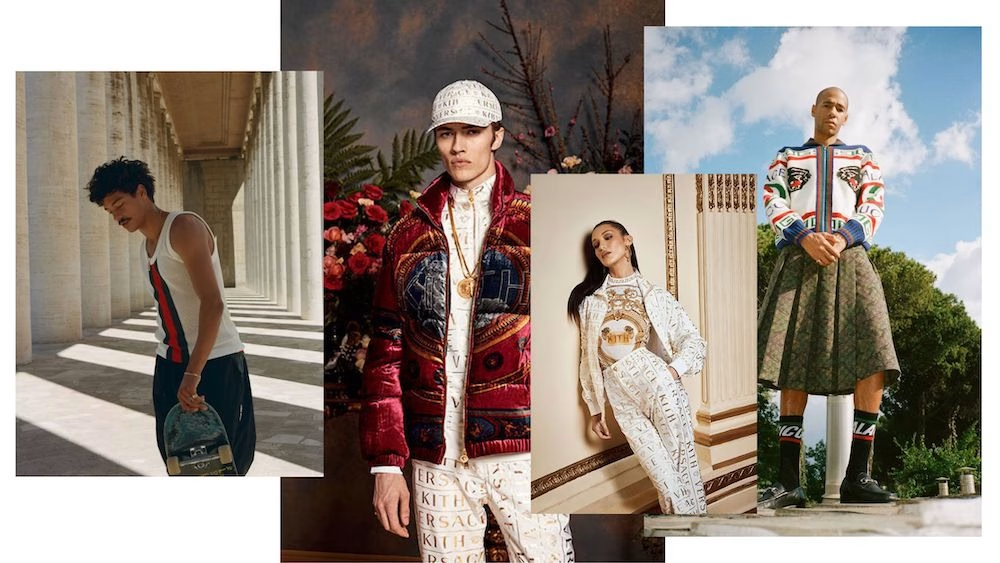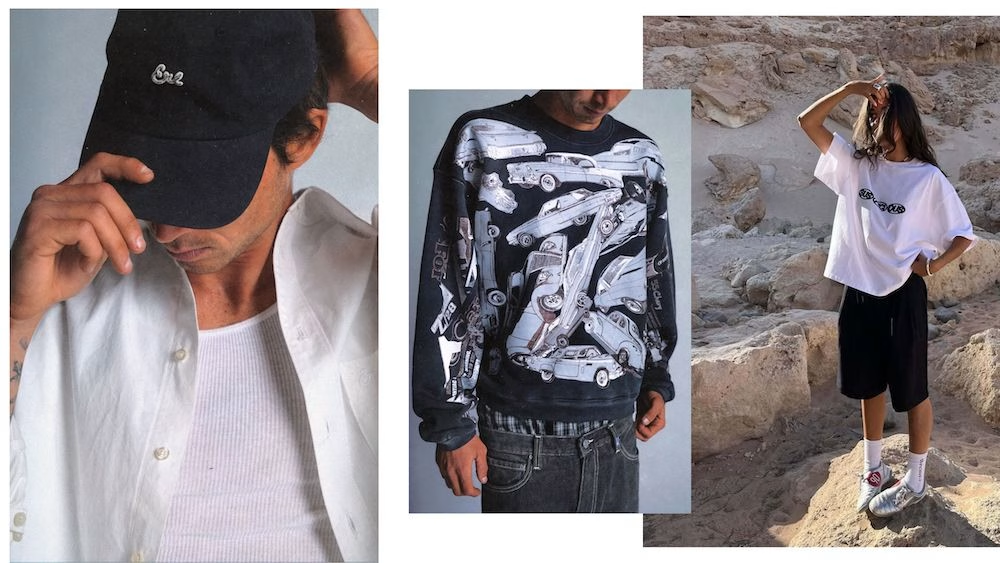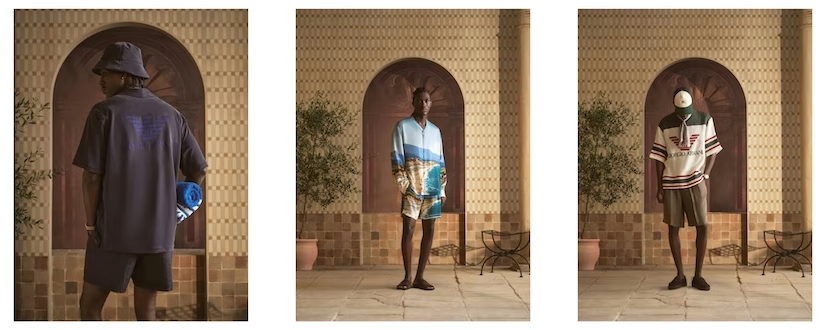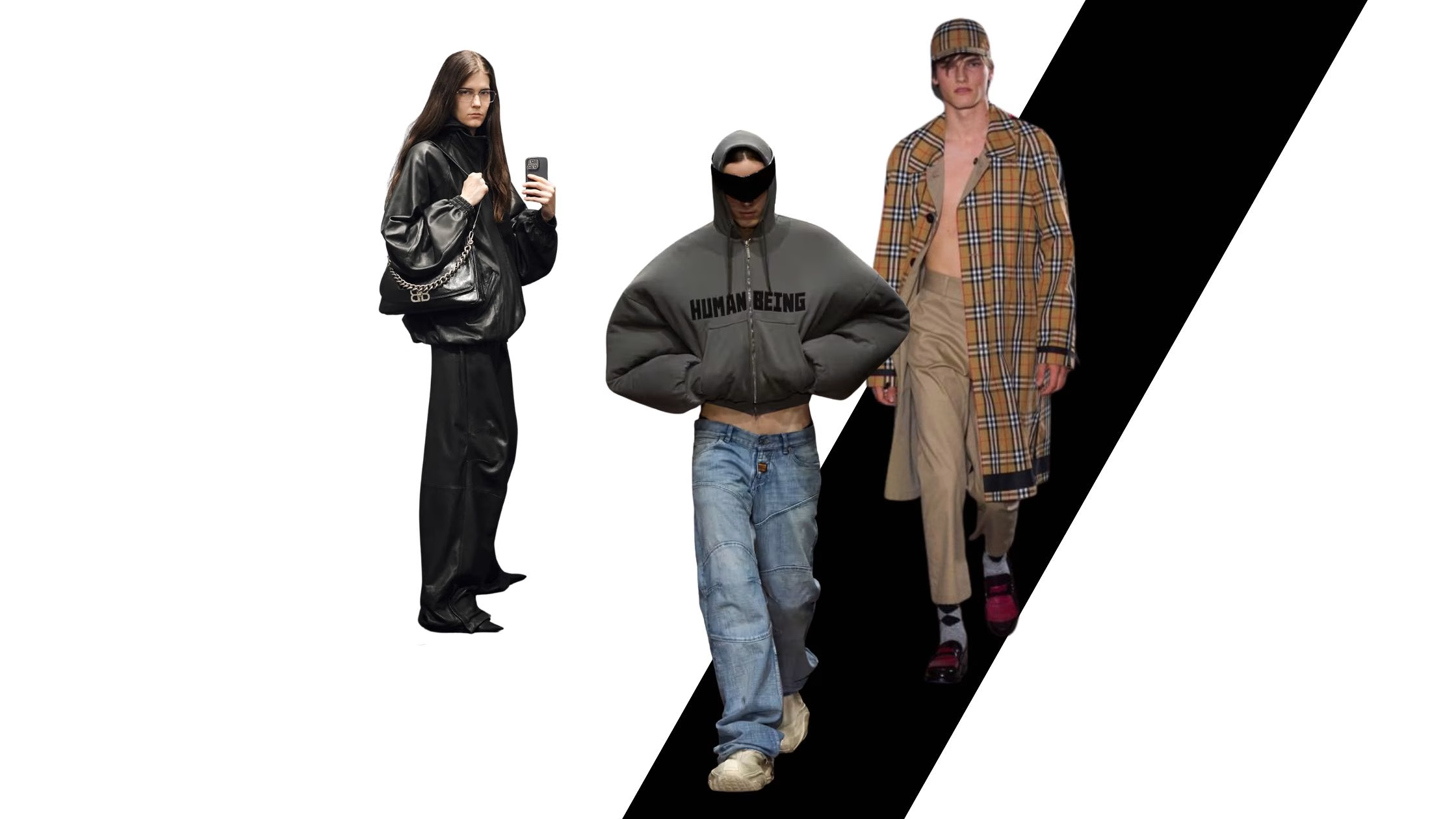Is streetwear dead? I don’t think so at all. It has actually come full circle, back to youth with a few tools and a small niche community. Streetwear wasn’t born in high fashion houses or design studios. It started with youth who didn’t have access to luxury but creativity and a sense of style. Over the past two decades, it rose from controversial street looks to the biggest runways, shaping how fashion is marketed, worn, and bought. Now, in 2025, the hype has quieted. And yet, streetwear’s story is far from over. In fact, it might just be getting interesting again.
The rise, the saturation, the reset
For years, streetwear drove the energy of the industry. Limited drops, logo-driven marketing, and online scarcity redefined how fashion operated. Brands like Off-White, Fear of God, and Supreme blurred the lines between underground and luxury. They created exciting menswear, which in fashion was often regarded as an after thought. Eventually heritage houses like Louis Vuitton and Prada jumped in, not just being inspired by the aesthetics, but actively seeking out collaborations. They created one of a kind collections that dripped some of that street wear edge onto “traditional” luxury fashion brands. A great example I remember distinctly was the massive hype around the skater brand Palace in the mid 2010s. Have you seen the Palace x Polo Ralph Lauren collaboration? it’s still a highly sought after collectable piece of fashion for some. Or one of my favourites Palace x Gucci with having Italian/Moroccan streetwear influences. Or do you remember Kith collaborating with Versace and Tommy Hilfiger? These were the moment back then.

But success brought somewhat of a feeling of saturation. The streetwear peak (2015–2020) lasted mostly until 2022/2023, when we saw a general decline as designers shifted their design inspirations or moved on to new projects. When every brand starts chasing hype, the air thins. Essentials hoodies lost their exclusivity. Logos lost their impact. Resale prices dropped of some before very high in demand items. Consumers, especially the younger, primarily online, generation is always looking for newness and otherness. And ironically it turns out it’s starting to look a lot like the beginnings of streetwear again.
Evolving brand identities
Some luxury houses have softened their street wear image. Louis Vuitton with Virgil Abloh as menswear designer to now Under Pharrell Williams (2023–present), there’s still streetwear influence, but it’s more polished. For instance elevated versions of denim, suiting, and leather goods and less skatewear. Burberry under Riccardo Tisci (2018–2023), leaned heavily into streetwear and logo-focused pieces. But now under Daniel Lee (2023–present), Burberry is returning to its British heritage, trench coats, tailoring, muted elegance, and classic checks. Moving away from streetwear. Balenciaga is still rooted in streetwear, but the tone has matured. Demna’s early years (2015–2020) were pure streetwear; now he’s blending that with couture. However, it’s still edgier than most. To see some of the iconic pieces, I definitely recommend the Balenciaga by Demna exhibition in Paris until 7th July.
As legacy brands look to refresh and reconnect, they’d do well to take notes. Because the future of fashion isn’t just happening in Paris or Milan, it’s happening in Discord servers, on TikTok, and in small-batch capsule drops promoted through clever memes and raw storytelling.
And Loewe, through Jonathan Anderson’s clever, imaginative lens, speaks directly to a generation craving more than surface. Having built a strong identity without relying on trends. Well known now for their fun and whimsical designs which is reflected in their social media approach and viral campaigns. Check out Loewe’s Instagram to get inspired! hese kind of brands work not because they chase trends, but because they have built identity at their core. And that’s the through-line: whether you’re an independent brand or a heritage house, success today comes from clarity of voice and strength of vision.
Streetwear’s digital boom
Streetwear is circling back to its roots, not exactly in form, but in spirit. Today, a new wave of independent creatives are reviving what made streetwear powerful in the first place: personal identity, cultural connection, and direct-to-community energy. These aren’t traditional fashion designers. Many are self-taught, digitally native, and proudly unpolished. Take brands like Suspicious Antwerp, ERL, or countless others built from bedrooms, group chats, and niche corners of Instagram. Their strength isn’t in high fashion polish and high end pricing, it’s in authenticity, agility, and narrative. This new streetwear is youthful, entrepreneurial, and built on relationships. It’s creative direction by DM. It’s a shoot in a parking garage that goes viral. It’s a Shopify store built in a few days, that sells out before the industry even notices. The drops behind a sign up wall to create community is part of this generation of streetwear. Giving consumers the feeling of exclusivity without the price tag of luxury.

Full circle, with new tools and niche communities
Streetwear began with young people taking fashion into their own hands. Now with digital platforms, AI tools and access to global audiences, they’re doing it again only smarter, faster, and at scale. We’ve gone from the street to luxury and back again. Full circle.
For brands If you’re building for longevity, don’t just chase the next viral moment. Hire the kind of talent who knows how to build worlds, strong brand identity not just wardrobes. The people that are like brand ambassadors, who excitingly broadcast any new drop. That means being open to self-taught creatives and digital-savvy marketers who love community. For talent, whether you have a fashion degree or a Canva subscription and a dream, this is your time. Brands are hungry for originality, and the most compelling portfolios today come with perspective, not just polish. Show your entrepreneurial skills and creativity, do not wait for opportunities from brands to come along.
Update 15-07-2025 Giorgio Armani & Kith Estate

I wanted to share an update. I came across an event amazing jewellery designer Greg Yuna joined. And to my excitement it was for a launch event for the new Giorgio Armani & Kith Estate 2025 collection. check out the event below and the new Armani & Kith collection here.
View this post on Instagram

